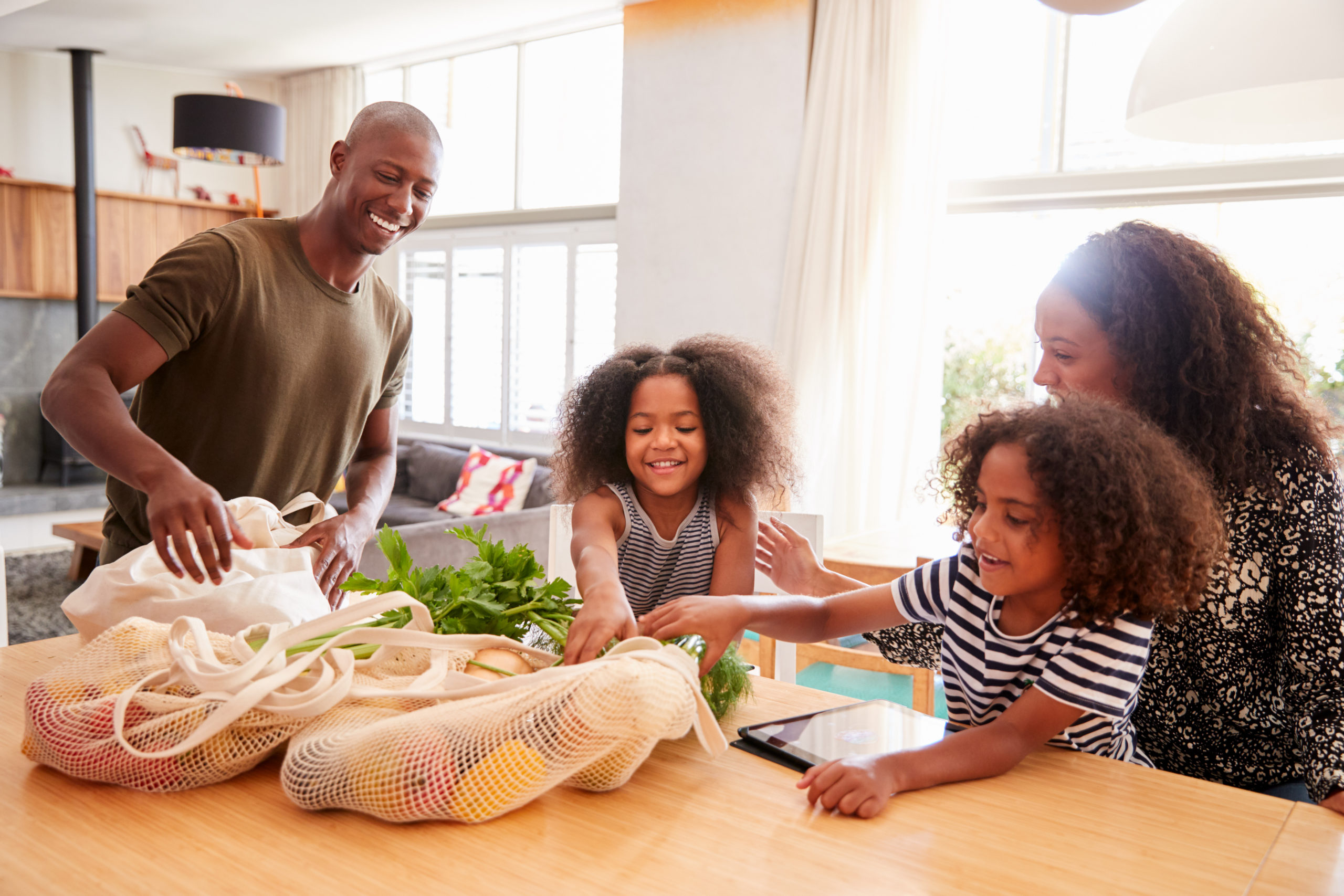by Elizabeth Rossbach
The destruction of natural environments through deforestation and the continuous spread of pollutants has led to the disruption of ecosystems and a decline in safe drinking water, food and breathable air. Yet, what can we do to stop it? Reading and watching about the steady deterioration of our planet can be overwhelming. It often seems like there is nothing one person can do to make a difference. So much of our daily lives affect the environment that it can be challenging to know where or how to begin taking the steps toward going green. But, by changing a few of our everyday habits and routines, we can make a difference in improving our planet’s overall health. Here are a few simple steps you can take towards going green.
Recycle: One of the easiest and most important steps you can take in going green is to recycle. Every paper product you recycle adds to the number of trees that can fill forests rather than make new paper products. This helps keep ecosystems intact by not destroying natural habitats. Trees also absorb carbon dioxide and release oxygen in photosynthesis, which is integral to reducing the amount of carbon dioxide in the atmosphere. Recycling also prevents the buildup of trash in landfill sites responsible for producing harmful greenhouse gases.
Don’t use plastic bags: Use reusable bags when shopping. While using paper bags is better than using plastic, they are not as effective at reducing waste as reusable bags since these can be recycled. In addition to helping the environment, reusable bags are sturdier than plastic or paper and more versatile. You can use these bags for moving or for a day out at the beach. If you stick with plastic bags, make sure to reuse them around the house. They can be used as liners for smaller trash cans, stuffing for empty purses and shoes to help keep their shapes, kitchen cleanup for food preparation or packing material when moving. And don’t forget to recycle!
Use eco-friendly light bulbs: Work on changing all the light bulbs in your house to compact fluorescent light bulbs. These bulbs often last longer, are brighter and use far less electricity than incandescent bulbs.
Use cloths instead of paper towels: Invest in reusable forms of paper towels rather than buying rolls and rolls of paper towels. Use kitchen towels or rags instead of paper products to cut down on waste. When you are done, you can easily throw them in the wash and use them again rather than continuously buying more paper towels.
Use less electrical energy: Using less energy in your home helps cut down on greenhouse gas emissions. Instead of leaving your computer in sleep mode when you are not using it, turn it off. This is not only good for your computer, as it allows it to catch up on updates regularly, but it’s also great for the environment. Turn off lights whenever you leave the room. Try to wash clothes with cold water rather than warm. Employing these simple every day habits can help cut down on electrical energy use and make a positive difference in our planet’s health.
Save water: Turning off the faucet while brushing your teeth and taking shorter showers are extremely easy to reduce water waste. Also, try to cut back on plastic water bottle purchases. If your tap water is unpalatable, invest in a water filter. Water filters are easy to use and help with water waste and decrease the amount of plastic being used.
These are just some of the simple ways you can go green at home. Implementing any of these eco-friendly habits into your daily life will help improve our planet’s state. Remember, even if you can only put one of these steps into practice, it makes a difference. If we all work together to be more conscious of our impact on the planet, we can positively change the environment.








Leave A Comment